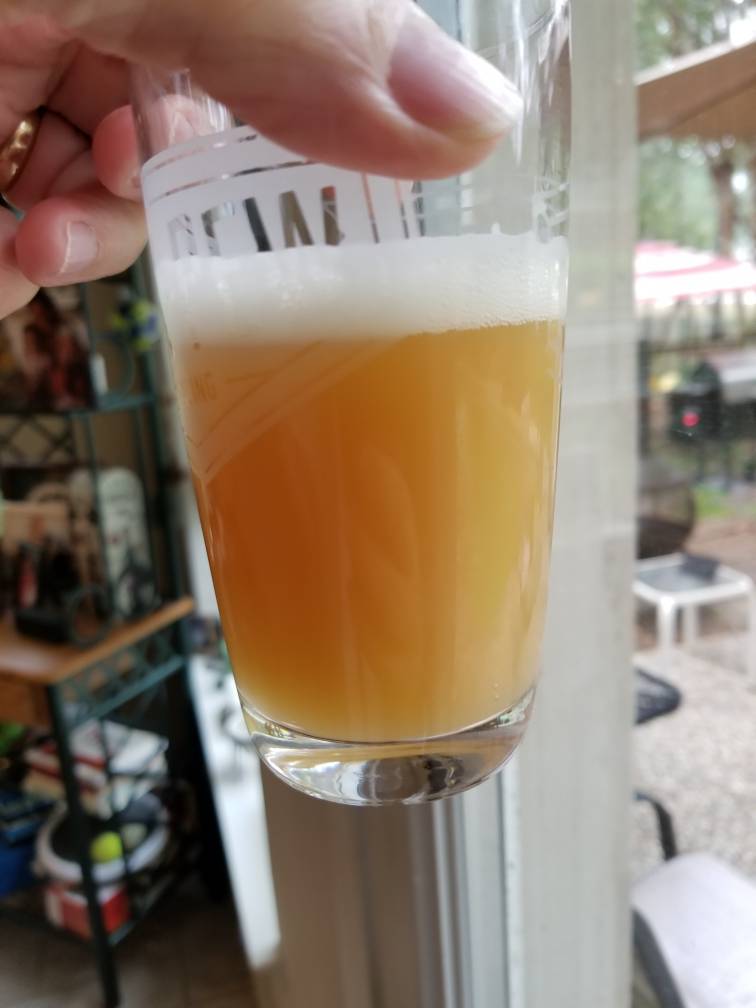Guys that use WY1318 has anyone had this before ? second time using this yeast off what looked like healthy yeast starter from my first overbuild, it started off well and went from 1.054 to 1.016 in 3-4 days. Its now been going for 11 days and its still going, dropped a point over the weekend to 1.011. Getting to the point of wanting to keg / dump it and get something else on. Taste wise its not great, slick mouth feel so maybe Diacetyl.
Never had a yeast take so long and the last beer I made with this yeast was really good and finished in 6 days.
Any thoughts ?
Never had a yeast take so long and the last beer I made with this yeast was really good and finished in 6 days.
Any thoughts ?



